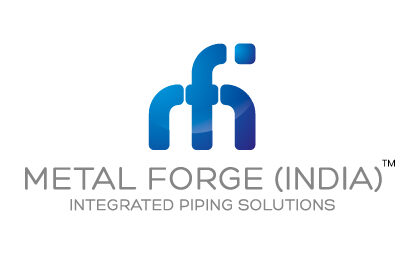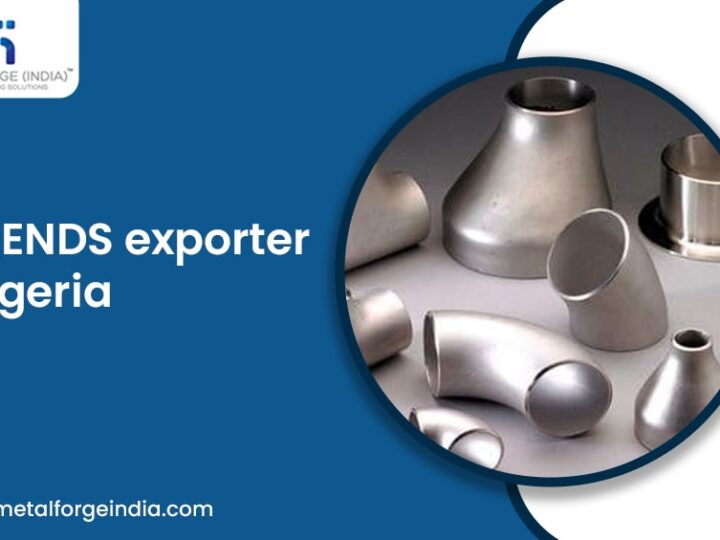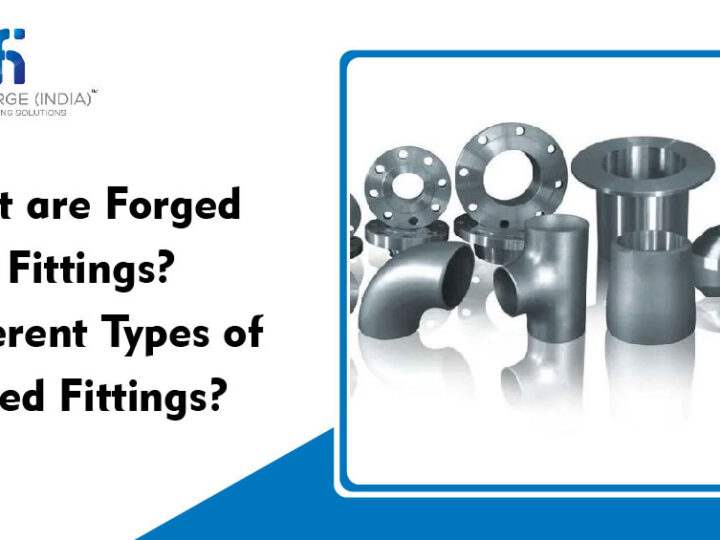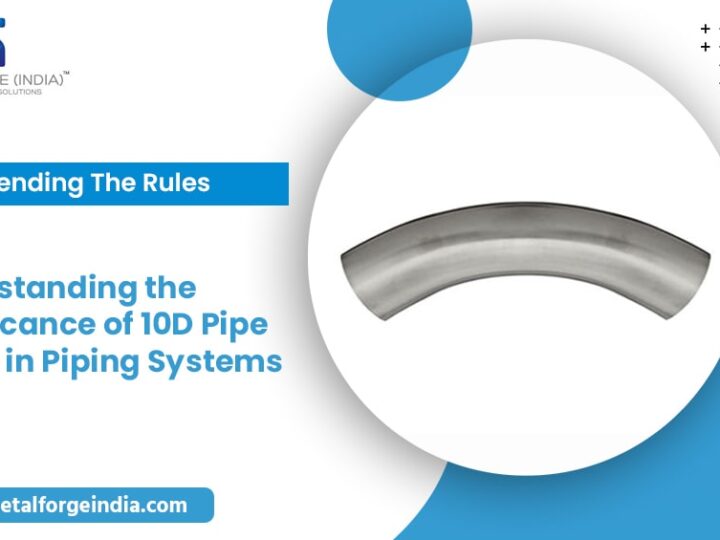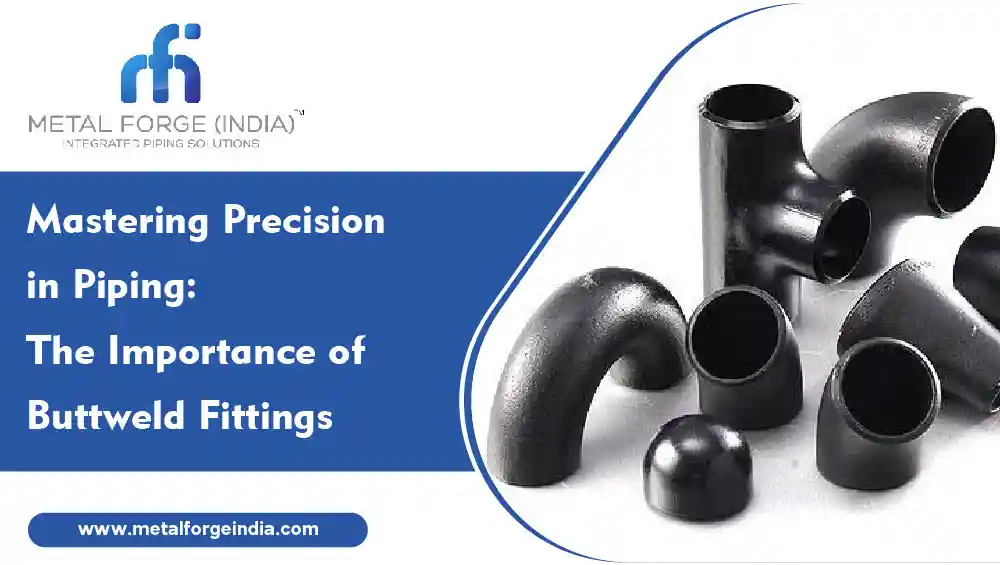
Buttweld fittings are an integral part of the piping system, playing a crucial role in ensuring the smooth and efficient flow of fluids. These fittings are widely used in various industries, including oil and gas, chemical, petrochemical, and manufacturing. In this blog post, we will explore the significance of buttweld fittings in piping systems, their manufacturing process, and the benefits they offer. So, let’s dive in and understand why mastering precision in piping is essential.
Understanding Buttweld Fittings
Before delving into the manufacturing process and benefits of buttweld fittings, it is important to have a clear understanding of what they are. Buttweld fittings are pipe fittings that are used to connect pipes of different sizes and shapes. They are named so because they are welded onto the pipe ends, providing a strong and leak-proof joint.
Buttweld fittings come in various types, including elbows, tees, reducers, caps, and stub ends. Each type serves a specific purpose in the piping system, allowing for changes in direction, branch connections, or size reduction. These fittings are typically made from carbon steel, stainless steel, or alloy steel, depending on the application and the fluid being transported.
The Manufacturing Process of buttweld fittings
The manufacturing of buttweld fittings requires precision and expertise to ensure the highest quality and performance. Let’s take a closer look at the manufacturing process involved:
Step 1: Material Selection
The first step in manufacturing buttweld fittings is the selection of the appropriate material. Factors such as temperature, pressure, and the nature of the fluid being transported are considered to determine the most suitable material for the fittings.
Step 2: Cutting and Beveling
Once the material is selected, it undergoes cutting and beveling processes. The pipe ends are cut and shaped to create a beveled edge, which allows for easy welding and ensures a strong joint.
Step 3: Forming
In this step, the beveled pipe ends are formed into the desired shape of the fitting. This is done using specialized machines that apply pressure and heat to bend the pipe ends accurately.
Step 4: Welding
After the forming process, the fitting is welded to ensure a secure connection. The welding process can be done using various techniques, such as TIG (Tungsten Inert Gas) or MIG (Metal Inert Gas) welding, depending on the material and application.
Step 5: Finishing
Once the welding is complete, the fitting undergoes a finishing process, which includes cleaning, grinding, and polishing to remove any imperfections and ensure a smooth surface finish.
Benefits of Buttweld Fittings
Buttweld fittings offer several advantages that make them a preferred choice in piping systems. Here are some key benefits:
- Strength and Durability: The welded joint created by buttweld fittings is incredibly strong and durable, ensuring long-lasting performance even under high pressure and temperature conditions.
- Leak Resistance: The precision welding technique used in buttweld fittings eliminates the risk of leakage, providing a reliable and leak-proof connection.
- Smooth Flow: The smooth interior surface of buttweld fittings minimizes friction and turbulence, allowing for a smooth flow of fluids without any obstruction.
- Versatility: Buttweld fittings come in various shapes and sizes, making them suitable for a wide range of applications and allowing for flexibility in designing piping systems.
Mastering precision in piping is crucial to ensure the efficient and reliable flow of fluids in various industries. Metal Forge India, the leading Buttweld fittings manufacturer plays a vital role in achieving this precision by providing strong, leak-proof connections. Through a meticulous manufacturing process, these fittings offer numerous benefits, including strength, durability, leak resistance, and smooth flow. By understanding the importance of buttweld fittings and their manufacturing process, professionals can make informed decisions when it comes to selecting the right fittings for their piping systems.
So, whether you are involved in the oil and gas industry or any other sector that relies on effective piping systems, mastering precision with buttweld fittings is a key step toward ensuring optimal performance and safety.
